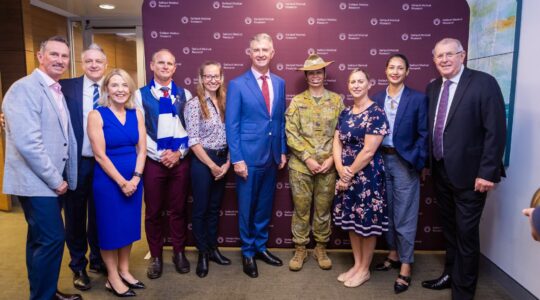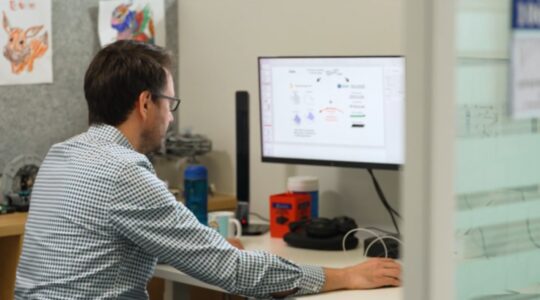Australian researchers have developed a new way to track cells from a few days after conception to unlock how they divide and grow to create our bodies.
Lead researcher Professor Shalin Naik, from Victoria’s Walter and Eliza Hall Institute of Medical Research (WEHI) said determining what cells would go on to become was important not just for understanding normal development, but also for identifying when and why things went wrong, leading to disease and disorders.
Professor Naik said the new technology enabled scientists to trace the ultimate destiny of cells very early during embryo development.
“When life is a ball of just a few hundred cells, we discovered that some cells could individually give rise to every tissue in the body, while others were already destined to become a certain type of tissue, like brain, gut, limbs or blood” he said.
Professor Naik said the innovative tech, called LoxCode, provided each cell in a genetically engineered mouse with one of billions of individual DNA barcodes.
He said uses a process was like shuffling a deck of cards, but at the level of DNA, and allowed cells to be tracked in detail never before possible.
“It’s incredible to contemplate that every human starts from a single founder cell, called the zygote.
“From that one founder, specialised cells are formed, building everything from our skin and brain to our blood and bones. Exactly how cells decide what to become – and how they are related – has long been a scientific mystery.”
Professor Naik said by allowing cells to be traced back to their ancestor cells, LoxCode pointed to a future where the early roots of developmental disorders could be uncovered.
“LoxCode will be a game changer for biomedical and developmental research, able to generate up to 30 billion random DNA barcodes on demand inside tissues of a live mouse – tens of thousands of times more than existing technologies.”
Read the full study: LoxCode in vivo barcoding reveals epiblast clonal fate bias to fetal organs.








